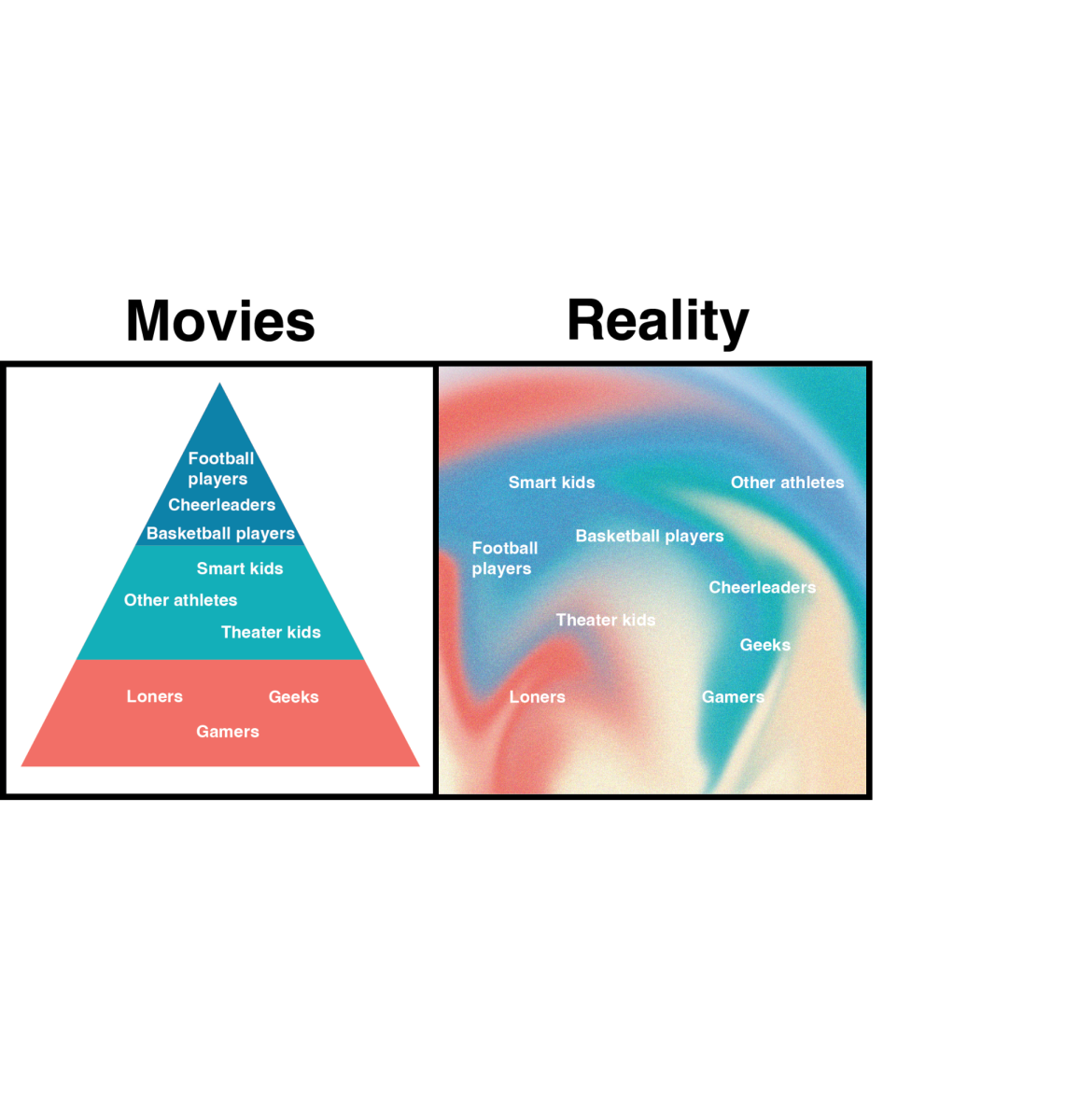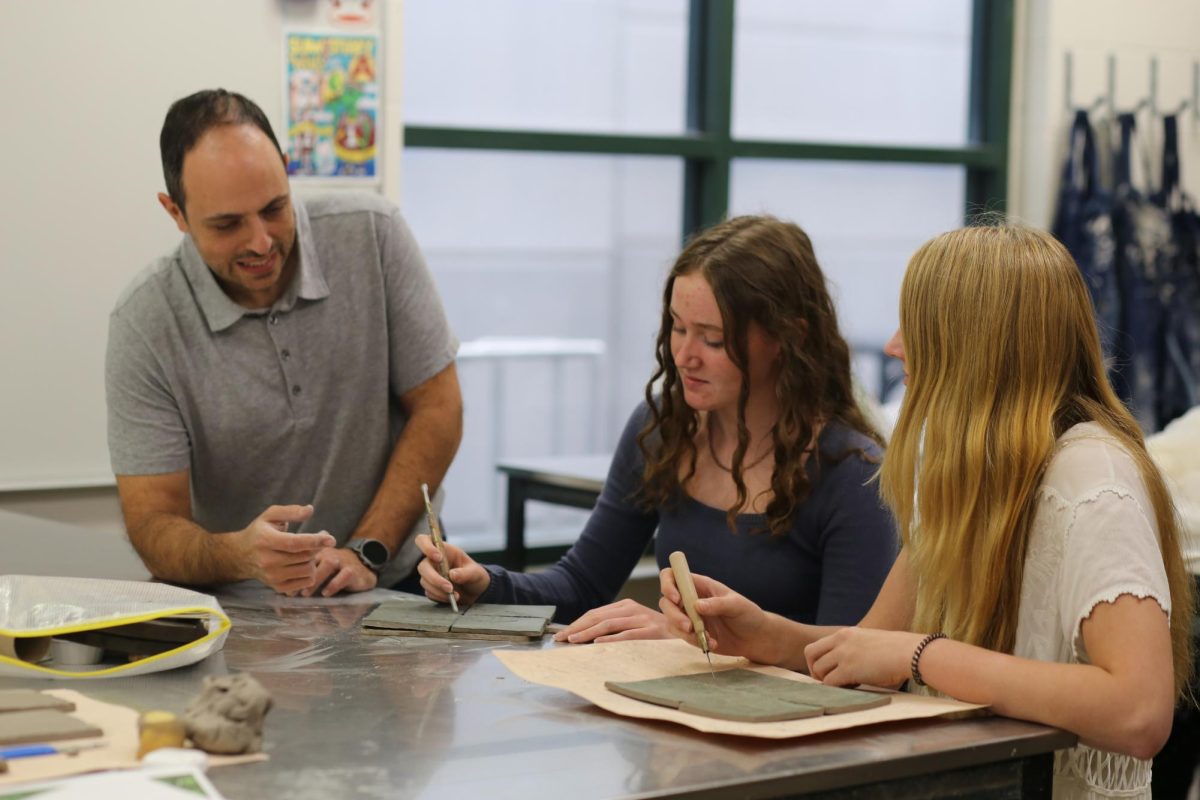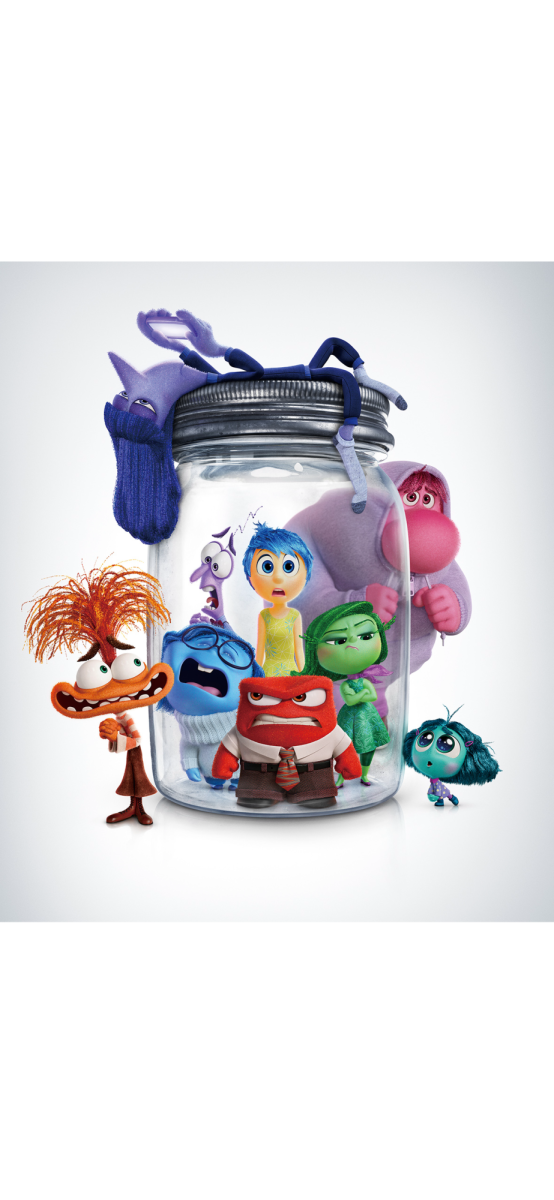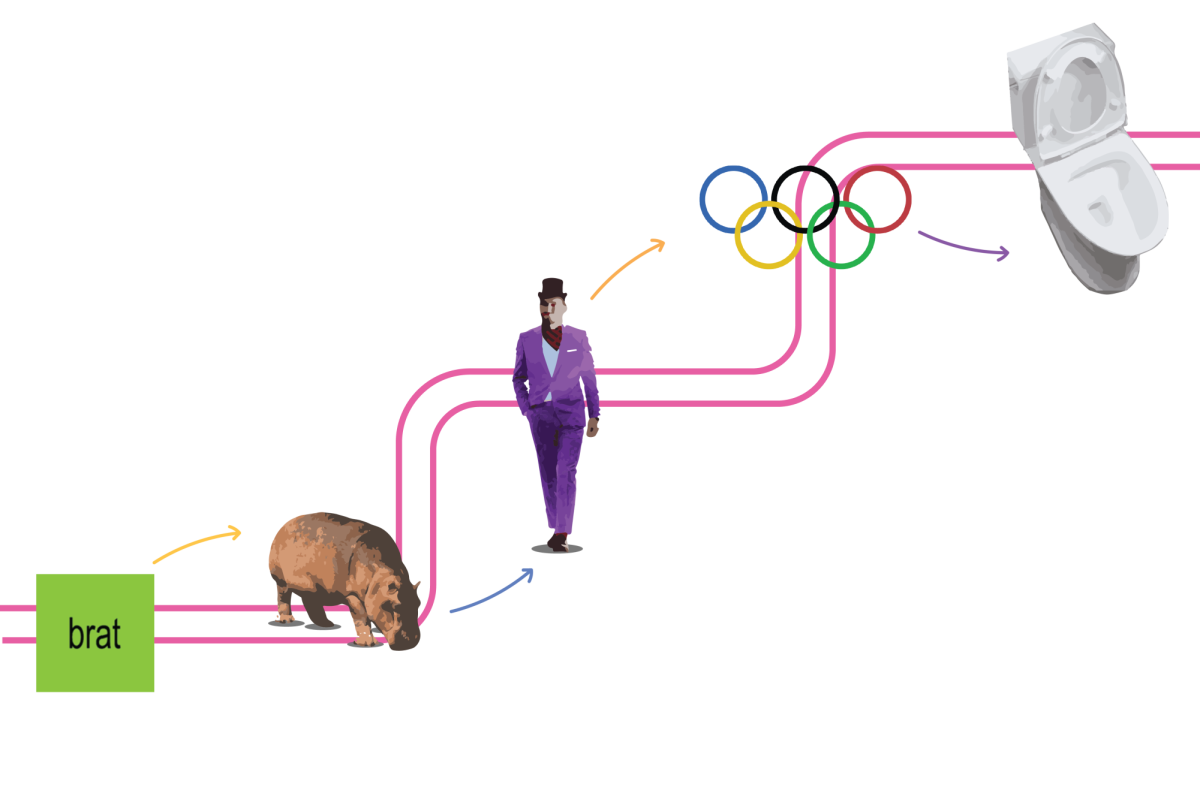On Jan. 12, 2014, a long awaited jar of mustard travelled 260 miles above the Mediterranean and was finally delivered to the eager recipients after a delay of 75 days. No, UPS had nothing to do with this late delivery. Their international shipping services did not offer destinations that entail gravity drag. At least, not yet! This celestial delivery was flawlessly executed by the SpaceX Falcon 9 Dragon spacecraft.
When the $200 million spacecraft, Antares, blew up on Oct. 28, 2014, it not only blew up the precious supplies needed by the six astronauts at the International Space Station (ISS), but also the ambitious dream of using an enhanced propellant motor, Castor 30XL, which has the capability to lift more mass into orbit than the last spacecraft. This incident marked the first disaster since NASA outsourced the responsibility to resupply the ISS to two private U.S contractors. A $1.9 billion resupply contract with Orbital Sciences requires the delivery of 20 metric tons (approx. 44,000 pounds) of supplies over eight missions to the orbiting outpost and a $1.6 billion contract with California based Space Exploration Technologies (SpaceX). Removal of trash from the ISS was of course included in the fine print.
With the Antares debacle, the resupply missions to ISS were in jeopardy when SpaceX quickly stepped in to salvage the situation. After rocket snags that lasted a month, SpaceX Falcon 9 finally lifted off Cape Canaveral on Jan. 10, 2015, to place the Dragon resupply capsule on a direct path to the orbiting laboratory.
This mission was extra special. As if launching rockets into space is not tricky enough, SpaceX tried to bring one back down safely to earth. Complex engineering processes, recovery timing, and recondition for the next launch, etc., have made the business of bringing space vehicles back to Earth rather difficult and expensive. The Jan. 10 SpaceX launch was an attempt to create a fully reusable spacecraft that would revolutionize space travel and make it a lot cheaper. Unfortunately, shortage of hydraulic fluid caused a hard landing and ended this endeavor midway. However, SpaceX founder Elon Musk remains optimistic and hopes to achieve success in the next launch.
“The next big step for SpaceX is human spaceflight and we expect to see that happen in 2017,” states Kelvin Manning, Associate Director at NASA Kennedy Space Center. Manning believes that in twenty years, the concept of space tourism will become a reality.
“2035 is the timeframe when NASA is targeting to sending humans to Mars,” he says. The next mission is scheduled for next week on Jan. 29, from Vandenberg qAir Force Base in California. The mission is called SMAP (Soil Moisture Active and Passive).
“SMAP will produce global maps of soil moisture, which will help improve our understanding of the Earth’s water and carbon cycles and our ability to manage water resources,” Manning predicts.
NASA’s next “big thing” is to continue to expand human presence into the solar system and to the surface of Mars. NASA is continuing to develop the Space Launch System or SLS rocket that will carry the Orion spacecraft and allow astronauts to explore beyond low earth orbit. SLS and Orion will take us further into space than ever before.
Meanwhile, on Jan. 12 2015, ISS station commander Butch Wilmore maneuvered the robotic arm of the ISS to dock the Dragon capsule filled with prepackaged meals, freeze dried crab cakes, late Christmas presents, experimental equipment and of course… mustard.
Hotdogs anyone?












